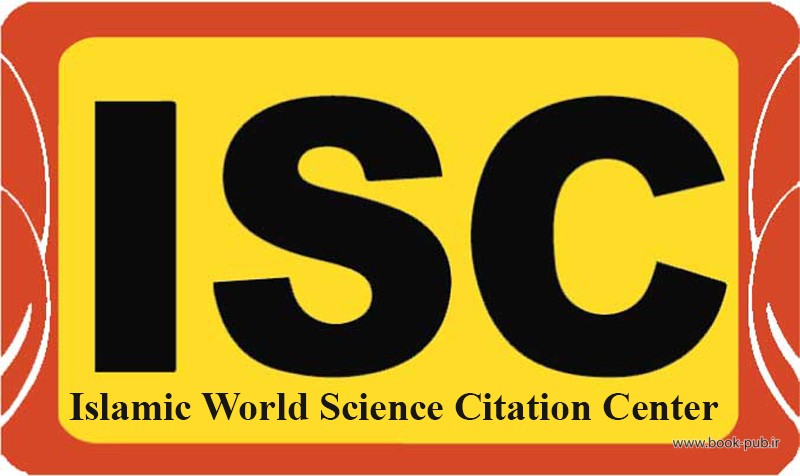Pathology of Public Policy Analysis in Afghanistan
(With an Eight-Step Approach)
DOI:
https://doi.org/10.58342/ghalibqj.V.13.I.4.6Keywords:
pathology, Afghanistan, Public Policy, Analysis, ChallengesAbstract
Analysis in policymaking is considered the essence of policymaking. The present study was an attempt to find an answer to the question, what challenges and obstacles has the analysis of public policies in Afghanistan faced from the perspective of the eight-step method? This study was applied in terms of its purpose and a descriptive survey study in terms of its data collection method. The statistical population of this study was the Afghan public administration (the departments of planning, drafting, implementing, developing, and analyzing public policies) of ministries and independent departments of Afghanistan, as well as think tanks. The data were collected through a questionnaire and the research findings were analyzed using the SPSS program. The findings show that the analysis of public policies in Afghanistan faces numerous challenges. These challenges include a lack of proper understanding of the problem, failure to define the solution instead of the problem itself, lack of reliable information, the existence of interest groups with conflicting goals, lack of time, ambiguity, biases, rapid determination of priorities, excessive reliance on past experiences, conflict with laws, setting dumb criteria, excessive optimism, failure to consider indirect costs of alternatives, the existence of multiple criteria, the inability of the analyst to provide logical conclusions, the existence of corruption, budget deficits, globalization, etc.
References
الوانی، سید مهدی. (1396). تصمیمگیری و تعیین خط مشی دولتی. تهران: سمت.
بهگام امین، سجیه. (1398). اساسات پالیسیسازی عامه (سیاستگذاری عمومی). کابل: انتشارات سعید.
پارسونز، واین. (1385). مبانی سیاستگذاری عمومی و تحلیل سیاستها. ترجمۀ حمید رضا ملکمحمدی. تهران: انتشارات پژوهشکدۀ مطالعات راهبردی.
دانشفرد، کرمالله. (1395). فرآیند خط مشیگذاری عمومی. چ دوم. تهران: نشر صفار.
دیپک کی، گوپتا. (1399). سیاستگذاری و تحلیل سیاستها. ترجمۀ رحمت الله قلیپور و مهدی فقیهی. تهران: سمت.
رحیمی، عتیقالله. (1401). جزوۀ درسی تحلیل پالیسیهای عامه. کابل: انتشارات پوهنتون کابل.
زهرایی، الینا؛ عمران، محمد. (2020). تجزیه و تحلیل پالیسی سرمایهگذاری افغانستان.
فکور، نوروز؛ وقار، یحیی. (1400). «بررسی موانع تطبیق خطمشیهای عمومی در سازمانهای دولتی افغانستان». 1(1). https://civilica.com/doc/1574341/
قلیپور، رحمتاالله. (1396). تصمیمگیری سازمانی و خطمشیگذاری عمومی. چ هشتم. تهران: سازمان مطالعه و تدوین کتب علوم انسانی دانشگاه (سمت).
منوریان، عباس. (1397). تحلیل خط مشی عمومی؛ مفاهیم، رویکردها، مدلها و فرایندها. چ دوم. تهران: مؤسسة انتشارات دانشگاه تهران.
Bardach, Eugene & Eric M. Patashnik. (2015). “Practical Guide for Policy Analysis: The Eight-fold Path to More Effective Problem solving”, justice policy network. Available: https//justicepolicynetwork.com
Dye, T. R. (2008). Understanding public policy (12th ed.). Pearson/Prentice Hall
European Training Foundation. (2018). Guidelines for policy analysis. European Training Foundation.
kraft. Mchael E. and Furlong, Scott R. (2018) Public Policy: Politics, analysis, and alternatives.( 6th ed), United Kingdom: CQ press.
Parsons, Wayne. (2005). Public Policy: An introduction to the theory and practice of policy analysis. Edward Elgar.
References
Alvani, Seyed Mehdi. (2017). Decision-Making and Public Policy-Making. Tehran: SAMT. [In Persian]
Behgam Ameen, Sajia. (2019). Fundamentals of Public Policy-Making. Kabul: Saeed Publications. [In Persian]
Parsons, Wayne. (2006). Foundations of Public Policy and Policy Analysis. Translated by Hamid Reza Malek-Mohammadi. Tehran: Research Institute of Strategic Studies Publications. [In Persian]
Danesh-Fard, Karamollah. (2016). The Process of Public Policy-Making. 2nd ed. Tehran: Safar Publishing. [In Persian]
Gupta, Dipak K. (2020). Policy and Policy Analysis. Translated by Rahmatollah Qolipour and Mehdi Faghihi. Tehran: SAMT. [In Persian]
Rahimi, Atiqullah. (2022). Course Notes on Public Policy Analysis. Kabul: Kabul University Press. [In Persian]
Zahrai, Elina; Omran, Mohammad. (2020). Analysis of Afghanistan's Investment Policies. [In Persian]
Fakoor, Nawrooz; Waqar, Yahya. (2021). “Examining the Barriers to Implementing Public Policies in Afghanistan's Government Organizations.” 1(1). Retrieved from: https://civilica.com/doc/1574341/ [In Persian]
Qolipour, Rahmatollah. (2017). Organizational Decision-Making and Public Policy-Making. 8th ed. Tehran: Organization for Research and Composing University Textbooks in the Humanities (SAMT). [In Persian]
Manourian, Abbas. (2018). Analysis of Public Policy: Concepts, Approaches, Models, and Processes. 2nd ed. Tehran: Tehran University Press. [In Persian]
Bardach, Eugene & Eric M. Patashnik. (2015). “Practical Guide for Policy Analysis: The Eight-fold Path to More Effective Problem solving”, justice policy network. Available: https//justicepolicynetwork.com
Dye, T. R. (2008). Understanding public policy (12th ed.). Pearson/Prentice Hall
European Training Foundation. (2018). Guidelines for policy analysis. European Training Foundation.
kraft. Mchael E. and Furlong, Scott R. (2018) Public Policy: Politics, analysis, and alternatives.( 6th ed), United Kingdom: CQ press.
Parsons, Wayne. (2005). Public Policy: An introduction to the theory and practice of policy analysis. Edward Elgar.
Downloads
Published
How to Cite
Issue
Section
License
Copyright (c) 2024 عتیقالله رحیمی،احمد جاوید ادیب

This work is licensed under a Creative Commons Attribution 4.0 International License.













